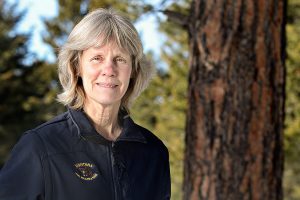
Wow! North Forker and NFPA member Diane Boyd has a very nice write-up in the Flathead Beacon titled “The Jane Goodall of Wolves” . . .
In 1979, Diane Boyd left her native Minnesota and headed west to begin tracking the first radio-collared gray wolf from Canada to recolonize the Western U.S., where humans had effectively eliminated the species by the 1930s through hunting, poisoning and habitat loss. Boyd, a 24-year-old wildlife biology graduate student at University of Montana, was fueled by optimistic idealism and boundless energy. When she pulled up to her new home, deep in northwestern Montana’s rugged North Fork Flathead River valley, it was apparent she would need both.
“It was like, ‘Wow,’” Boyd recalls of seeing the cabin, which had no plumbing, electricity or means of communicating with the outside world. “I’d spent a lot of time outdoors, but this was true isolation.”
Though wolves had been extirpated statewide, reports of sightings and shootings started trickling in during the 1960s and ‘70s, leading University of Montana professor Bob Ream to launch the Wolf Ecology Project in 1973, the same year that Northern Rocky Mountain gray wolves were listed under the Endangered Species Act. It was through the Wolf Ecology Project that researcher Joe Smith trapped a female wolf, dubbed Kishinena, on April 4, 1979 in the North Fork drainage along the northwestern edge of Glacier National Park.